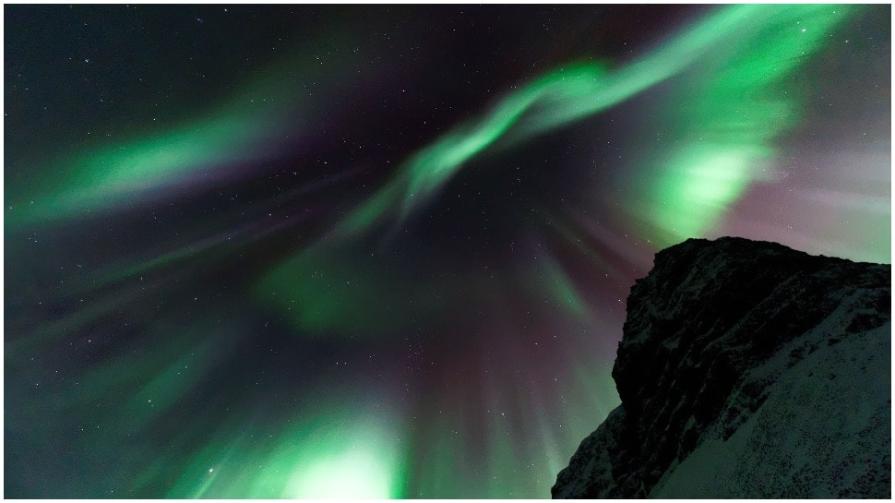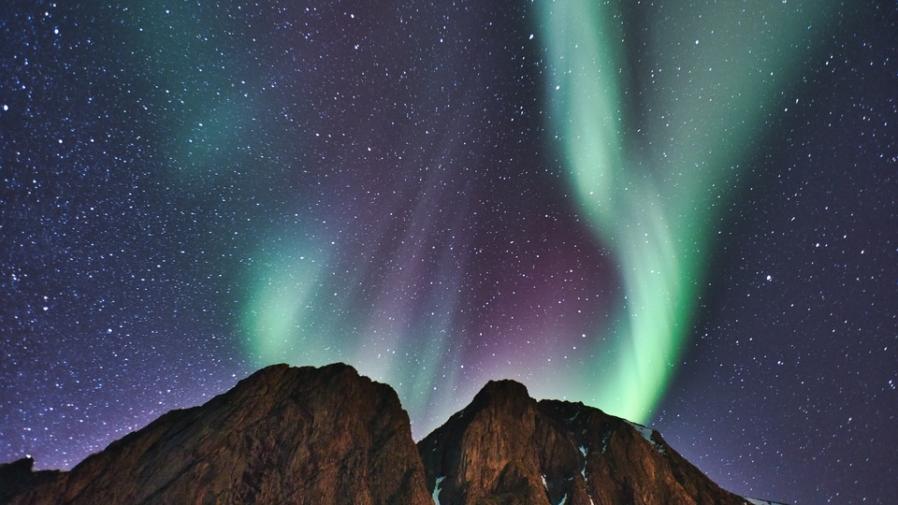How Can I Learn More About the Northern Lights and Geomagnetic Storms?
The Northern Lights (Aurora Borealis) and geomagnetic storms are captivating natural phenomena that have fascinated people for centuries. These celestial displays not only offer a breathtaking spectacle in the night sky but also hold significant scientific importance. This article aims to provide guidance on how you can delve deeper into the world of the Northern Lights and geomagnetic storms, exploring their scientific principles, observing techniques, and the resources available for further learning.

I. Understanding The Northern Lights And Geomagnetic Storms
A. Scientific Principles
The Northern Lights and geomagnetic storms are closely intertwined with solar activity, the Earth's magnetic field, and charged particles. When the sun emits solar flares and coronal mass ejections, these energetic particles travel through space and interact with the Earth's magnetic field. This interaction causes disturbances in the magnetosphere, resulting in the formation of the Northern Lights and geomagnetic storms.
B. Notable Displays And Storms
- The Carrington Event (1859): A powerful geomagnetic storm that disrupted telegraph systems worldwide.
- The Great Aurora of 1872: One of the most spectacular Northern Lights displays ever recorded.
- The Halloween Storms (2003): A series of geomagnetic storms that caused widespread power outages and disrupted satellite communications.
II. Observing The Northern Lights
A. Best Locations
- High-latitude regions near the Arctic Circle, such as Alaska, Canada, Scandinavia, and Iceland.
- Dark and remote areas with minimal light pollution.
- Locations with clear skies and low cloud cover.
B. Factors Affecting Visibility
- Darkness: The darker the sky, the better the visibility of the Northern Lights.
- Cloud Cover: Clear skies are essential for observing the Northern Lights.
- Light Pollution: Artificial lights from cities and towns can interfere with visibility.
C. Planning A Successful Viewing Trip
- Check the aurora forecast for the best viewing times and locations.
- Choose a dark and remote location away from light pollution.
- Dress warmly and bring a camera to capture the spectacle.
D. Real-Time Information Resources
- Space Weather Prediction Center (SWPC): Provides real-time aurora forecasts and alerts.
- Aurora Borealis Forecast: Offers detailed aurora forecasts for specific locations.
- Aurora Alerts: Sends notifications when aurora activity is high.
III. Studying Geomagnetic Storms
A. Types And Impacts
- Minor Storms: Cause minor disruptions to power grids and satellite communications.
- Moderate Storms: Can cause power outages, disruptions to GPS systems, and damage to satellites.
- Severe Storms: Have the potential to cause widespread power outages, disruptions to critical infrastructure, and damage to satellites and spacecraft.
B. Monitoring And Forecasting
- Magnetometers: Measure variations in the Earth's magnetic field.
- Solar Observatories: Monitor solar activity and provide early warnings of solar flares and coronal mass ejections.
- Computer Models: Simulate the behavior of the magnetosphere and predict geomagnetic storms.
C. Importance Of Studying Geomagnetic Storms
- Space Weather Forecasting: Helps predict and mitigate the impacts of geomagnetic storms on critical infrastructure.
- Protecting Critical Infrastructure: Geomagnetic storms can disrupt power grids, communication systems, and satellites, causing significant economic and societal impacts.
- Scientific Research: Studying geomagnetic storms helps scientists better understand the Earth's magnetic field and its interaction with solar activity.
IV. Resources For Learning More
A. Books
- "Aurora: In Search of the Northern Lights" by Lucy Jago.
- "The Northern Lights: Their Science, Mystery, and Legend" by Tom Kerss.
- "Geomagnetic Storms: A Primer" by Joseph V. Kennedy.
B. Websites
- Space Weather Prediction Center: Provides comprehensive information on space weather, including aurora forecasts and geomagnetic storm alerts.
- Aurora Borealis Forecast: Offers detailed aurora forecasts for specific locations.
- The Aurorasaurus: An educational website dedicated to the Northern Lights, with information on science, history, and viewing tips.
C. Organizations
- The International Auroral Society: A scientific organization dedicated to the study of the aurora and geomagnetic storms.
- The American Geophysical Union: A professional society for Earth and space scientists, with a section dedicated to space weather.
- The National Space Science and Technology Center: A research center focused on space weather and its impacts on Earth.
V. Conclusion
The Northern Lights and geomagnetic storms are captivating natural phenomena that offer a glimpse into the dynamic interactions between the sun, the Earth, and charged particles. By understanding the scientific principles behind these phenomena, observing the Northern Lights, studying geomagnetic storms, and exploring the available resources, we can deepen our appreciation for these celestial displays and gain valuable insights into the workings of our planet and its place in the solar system.

YesNo

Leave a Reply